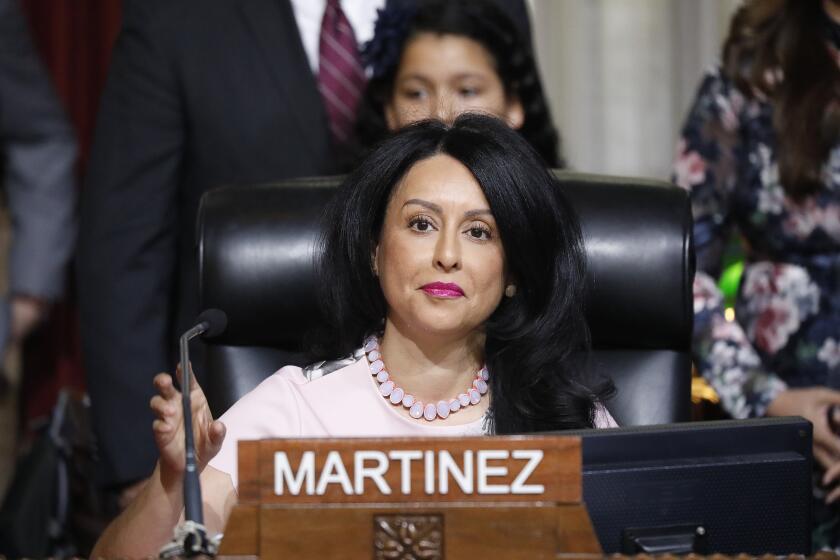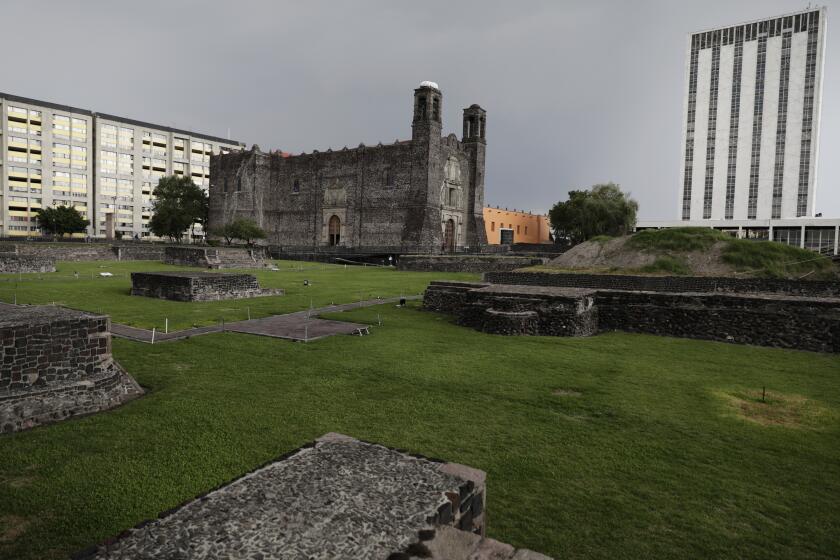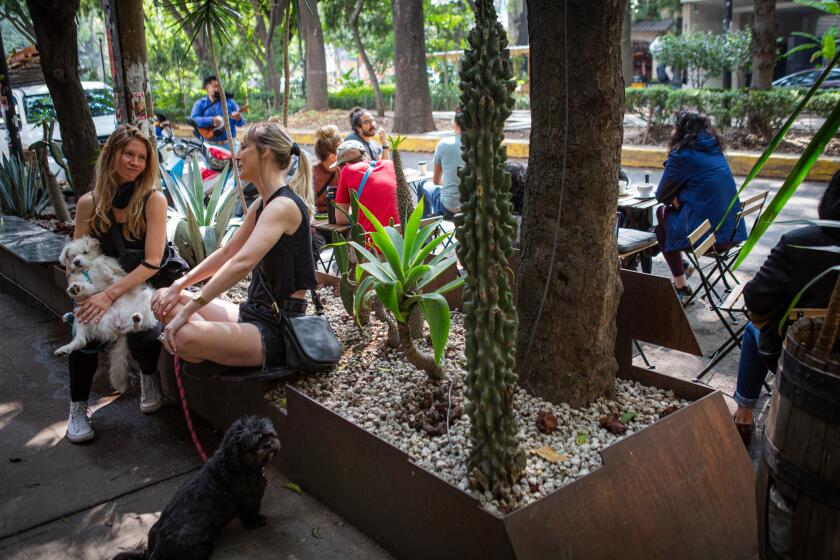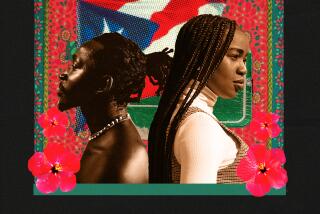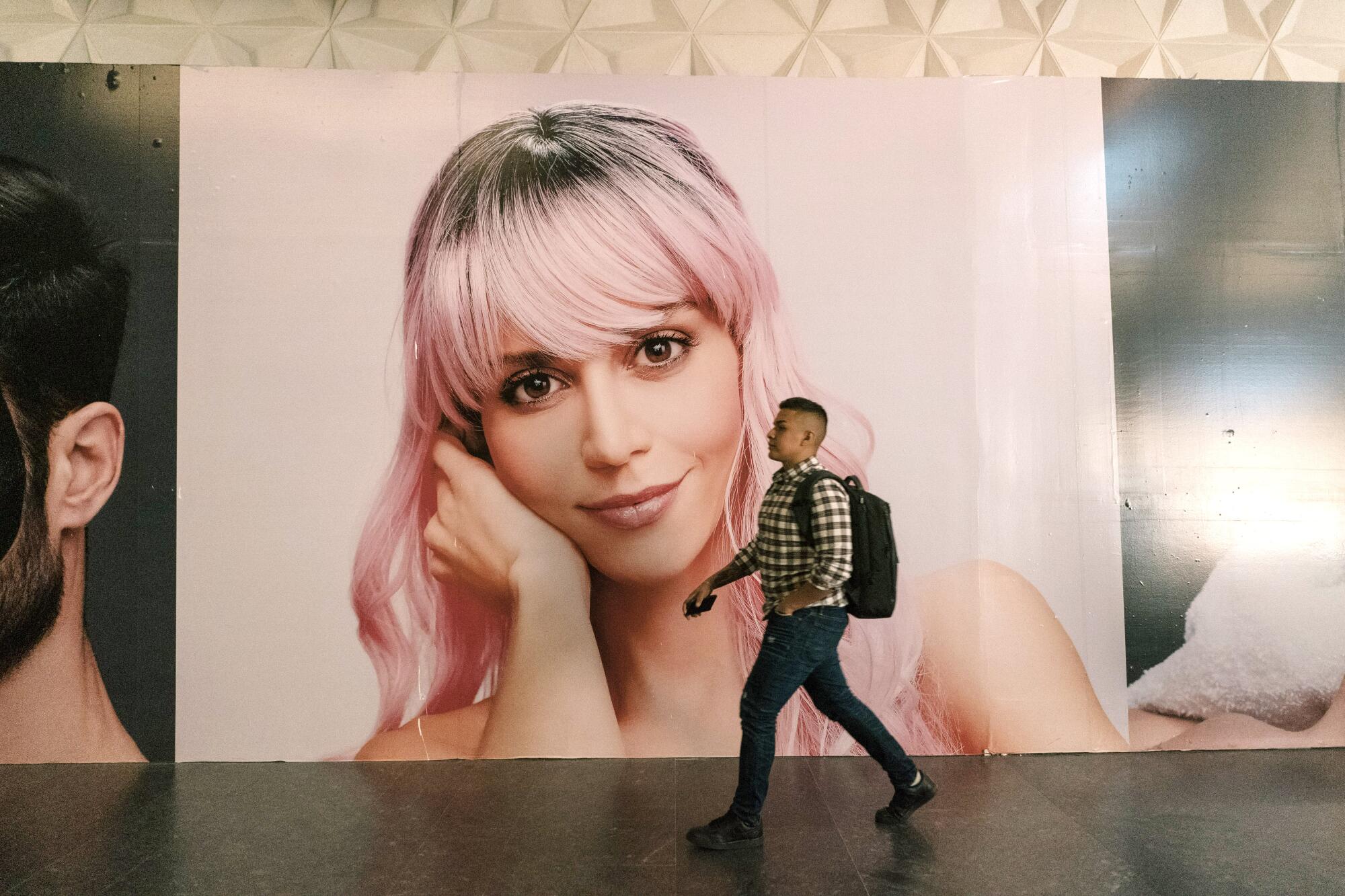
MEXICO CITY — A few months ago, several employees of an upscale Mexico City steakhouse came forward with a damning allegation: The restaurant had a policy of segregation in which the best tables were reserved for the customers with the lightest skin.
The notion of whiter Mexicans getting preferential treatment was not surprising in a country where darker-skinned people have long earned less money, received less schooling and been all but invisible in the media. But the ensuing public outrage was.

Within days, activists mounted a boycott and the city launched an investigation into the restaurant, Sonora Grill Prime, which denied the accusations. Multiple public figures highlighted the scandal as evidence of pervasive bigotry. “Racism is real,” Mayor Claudia Sheinbaum told reporters, using a word long regarded as taboo. “We have to accept that it exists and fight it.”
For the vast stretch of Mexico’s modern history, many denied that racism existed here at all.
They embraced the nation’s foundational myth that its people are mestizos, a single blended race of indigenous and Spanish blood, insisting that there could be no prejudice if all Mexicans were the same.
But a growing social movement is challenging that thinking, thrusting discussions of discrimination based on skin color to the fore.
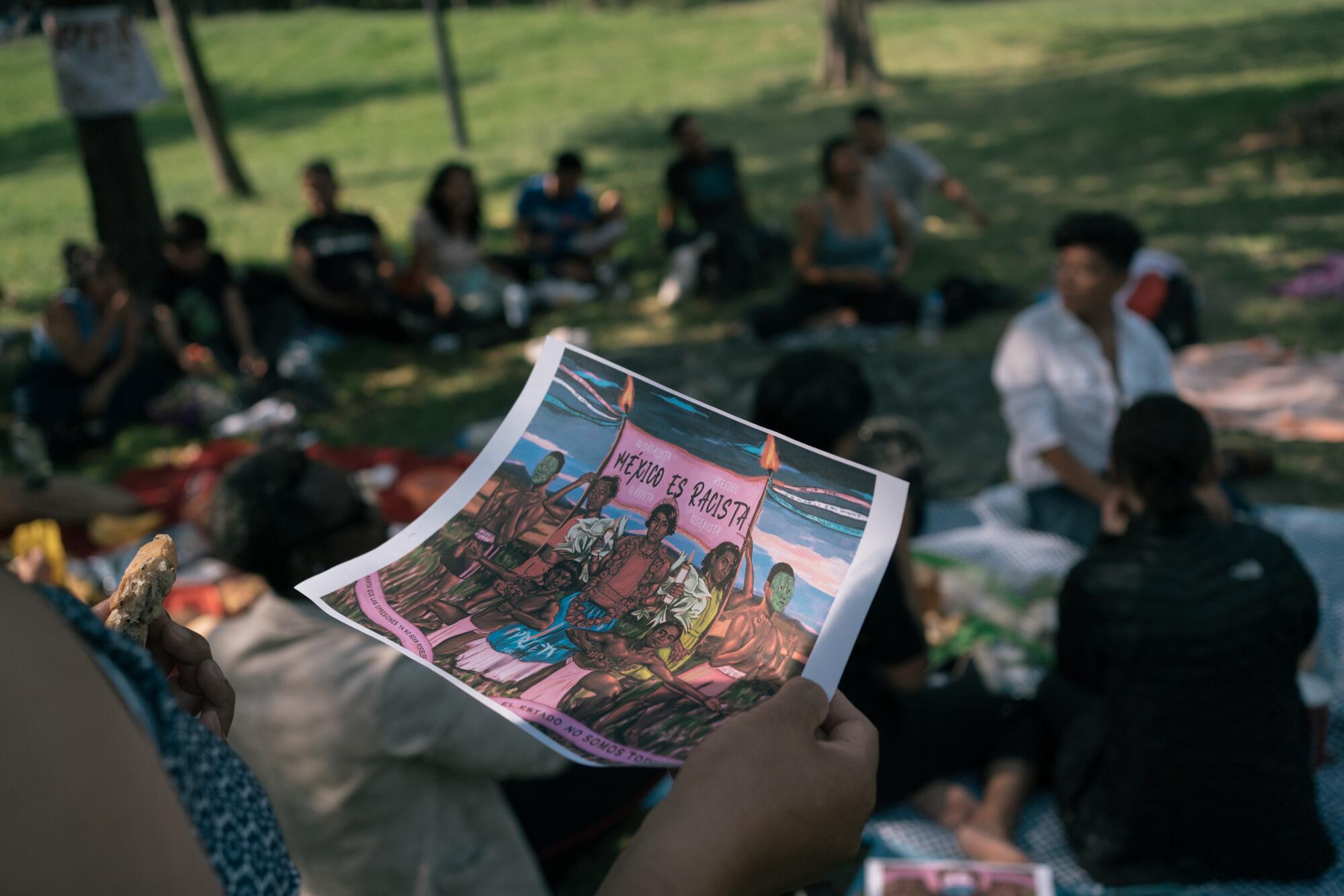
Activists have pushed for more diversity in the film and television industry and have launched campaigns to end profiling by police.
Using Twitter and TikTok, they’ve called out companies and celebrities for discrimination and have popularized a new term — whitexican, a mix of the words white and Mexican — to refer to the nation’s wealthy, light-skinned elite.
The movement has found a powerful ally in President Andrés Manuel López Obrador, a tan-faced leftist from the poor state of Tabasco whose family has been subjected to racial smears, and who has highlighted the issue of racism like no other leader in Mexico’s history.
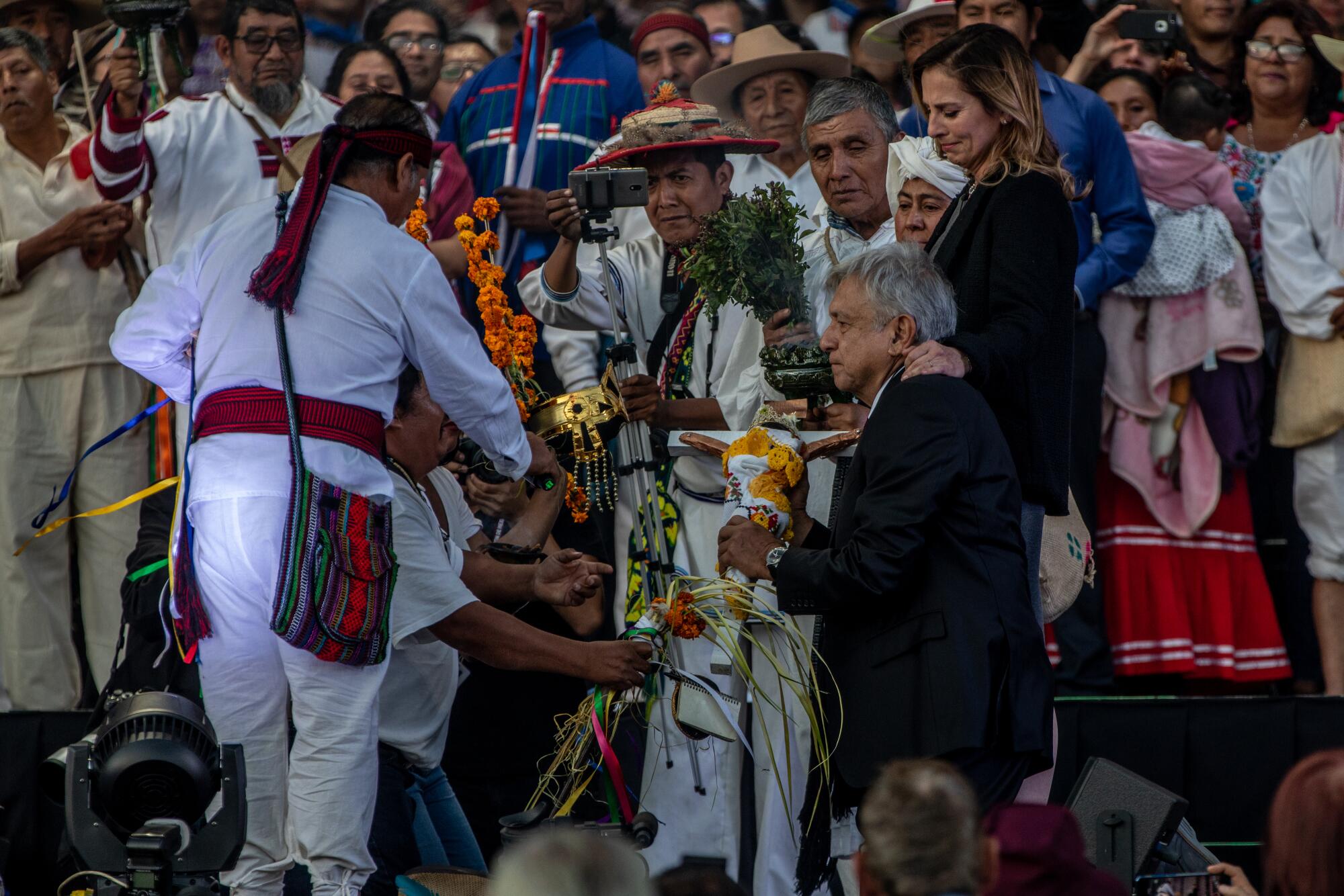
In recent days, activists here have watched a scandal unfold in Los Angeles that feels remarkably close to home.
When three Latino members of the Los Angeles City Council were caught on tape deriding Indigenous Mexicans as short, dark-skinned and ugly, “it didn’t surprise me at all,” said José Antonio Aguilar, the founder of the group Racismo MX.
“Of course the racism we experience here is exported to immigrant communities in the United States,” he said.
A leaked recording of L.A. City Council members and a labor official includes racist remarks. Council President Nury Martinez apologizes; Councilmember Kevin de León expresses regret.
The scandal reminded him of a secret recording that came to light in 2015, in which the head of Mexico’s electoral institute was captured impersonating the leader of an Indigenous group. The official kept his job, but in recent months student activists resurfaced the recording to protest his appearance at a university event.
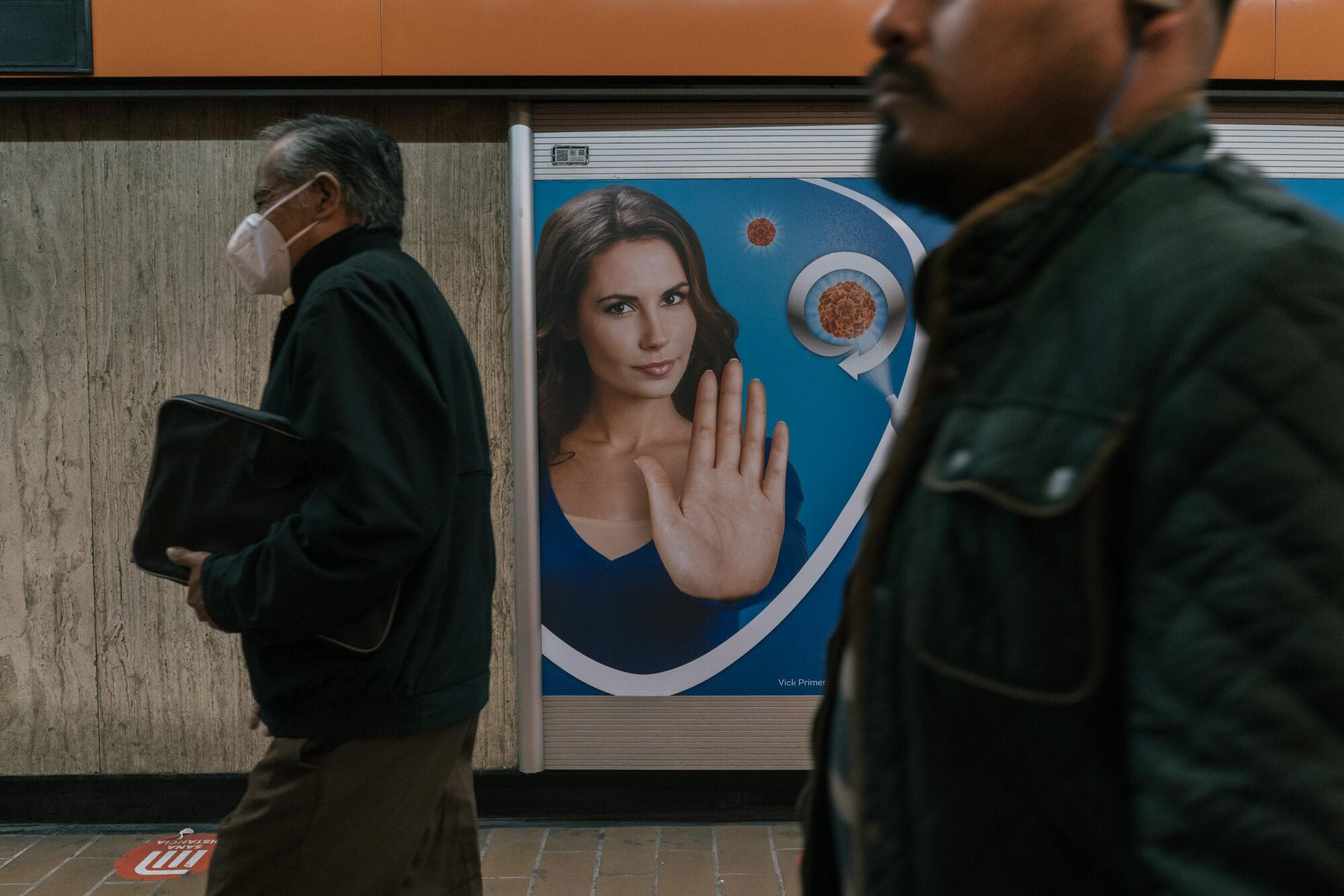
Mexico’s new racial reckoning has met resistance from parts of society, with some of the country’s top media personalities accusing activists of importing radical ideologies from the United States and seeking to divide the nation along racial lines.
“They’re just looking to tear us apart,” a light-skinned anchor with the news channel ADN 40 said this week during a roundtable about diversity in the media.
“How can they talk about not discriminating when that’s what they’re doing?” a guest responded. “There are redheaded Mexicans. There are whites. Now they won’t let them be in movies because they don’t represent Mexico? To me, that’s discrimination.”
Much of the work for activists has been focused on a basic first step: getting their compatriots to recognize that Mexico is a country with racial differences — even if it lacks the more rigid racial categories of a place like the United States.

“If your whole life you’ve been told that we are all equal, that we’re all brothers, half-Indigenous and half-Spanish, you can’t really question how you’re treated,” said Julian Gastellou, a 30-year-old industrial designer who recently began identifying as Afro-Mexican and belongs to a collective that hosts “Racism 101” workshops. “So first, we have to educate.”
Monserrat Ramos, a 26-year-old attorney from the state of Oaxaca who founded the group Basta Racismo MX, said reckoning with racism in Mexico requires opening “deep, deep colonial wounds.”
If slavery was the original sin of the United States, colonialism was Latin America’s.
The Spanish conquest of the New World five centuries ago established a caste system in which social standing was largely determined by a person’s racial mix. At the top of the ladder were people of European descent, followed by those of mixed colonial and Indigenous heritage. At the bottom were Indigenous people, followed by Black slaves.
The defeat of the Aztecs in 1521 still stirs profound disquiet in the national psyche.
After the Mexican Revolution, a bloody seven-year struggle that ended in 1917, the leaders of the new republic pushed an ideology that they hoped would unify a fractured nation.
At its core was the figure of the mestizo — a concept that would be embraced across Latin America.
Jose Vasconcelos, who championed the concept as Mexico’s first education minister, described it in 1925 as a “cosmic race” of the future, with all the “virtues of Indians and Europeans” alike.
Mexicans were taught that they lived in a post-racial society. In 1994, the country’s representative to the United Nations Committee on the Elimination of Racial Discrimination acknowledged that classism and sexism were prevalent but insisted that “the phenomenon of racial discrimination” did not exist in Mexico.
So ingrained was this belief that the country generally doesn’t ask detailed questions about race in census surveys, making it difficult to study the relationship between skin color and socioeconomics.
One rough measure of race is language, with an estimated 6% of the population speaking at least one of the dozens of Indigenous languages that exist here. But that doesn’t capture the many gradations of skin tone here.
In recent years, academics developed a new research method. Before asking about a person’s life, they categorize the respondent’s skin tone on an 11-point color scale that ranges from darkest to lightest.
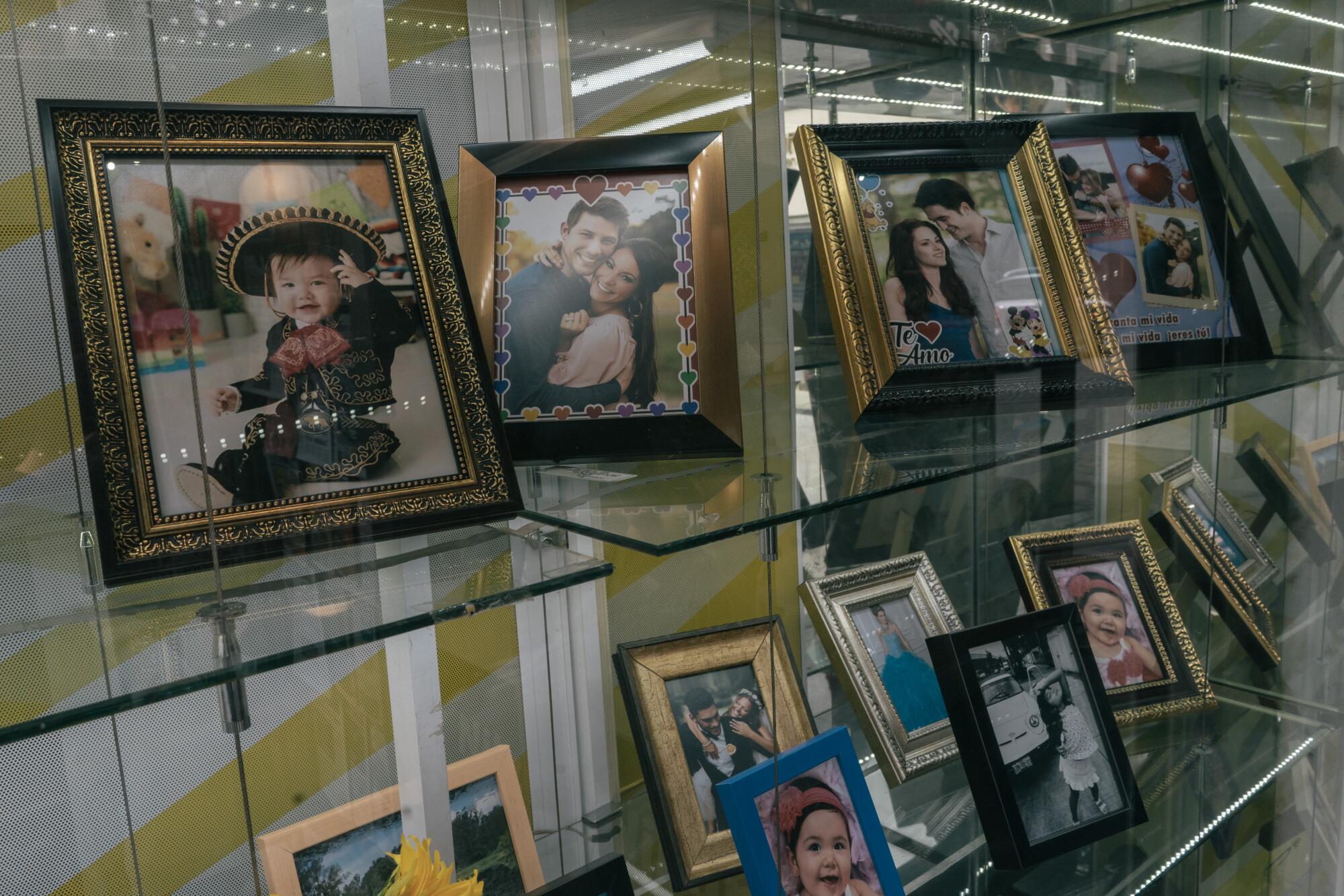
The results have been striking.
A 2017 study published by the Latin American Public Opinion Project at Vanderbilt University found that people with the whitest skin had completed 11 years of schooling on average compared with five years for those with browner skin.
Wealth also correlated to skin color, with dark-skinned people earning 52% less than their whiter compatriots.
Not that any of this was much of a surprise in a country where the word “Indian” is routinely used to describe someone who is lazy and where grandparents cajole young people to find a light-skinned partner “to improve the race.”
Within families and friend groups, the lightest-colored person is often nicknamed guerito, or “little white one,” and the darkest negrito, or “little Black one.” Depending on the tone and context, the words can be insults or terms of endearment.
In films and on television, darker-skinned actors are often relegated to roles as housekeepers and criminals. A casting call for an Aeromexico advertisement in 2013 said “dark-skinned” people need not apply.
Racial inequality is just as visible in many homes, where women employed to cook, clean and nanny are often dark-skinned or Indigenous. It’s not uncommon for apartment buildings to bar such laborers from public areas, or for elevators to be designated specifically for the help.
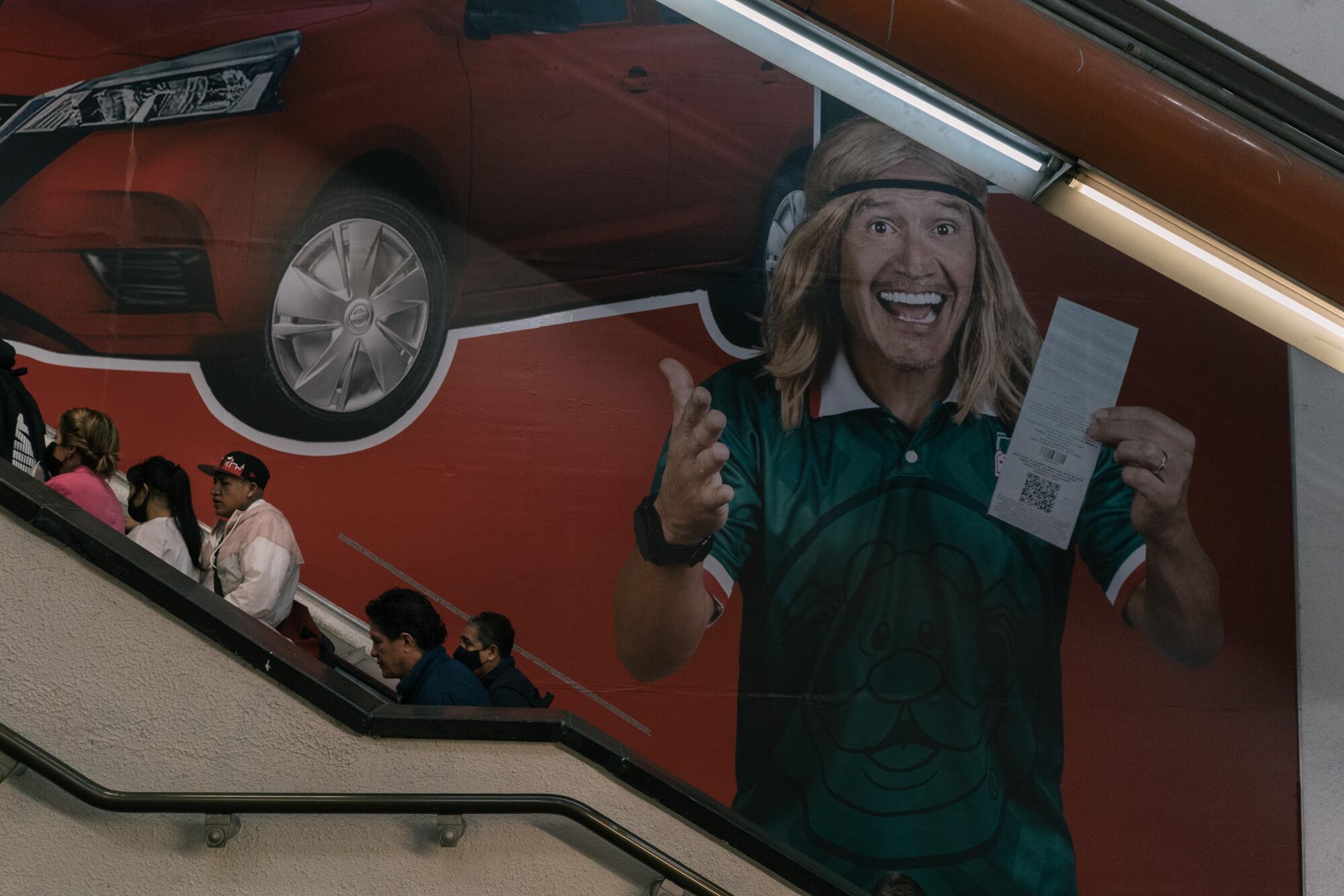
“Animals are treated better than us,” said Marcelina Bautista, who was 14 when she left her pueblo in the state of Oaxaca to find work in Mexico’s capital, where she walked the streets until she found a sign that read: “Looking for a servant.”
Bautista, now 56, founded Mexico’s first trade union for domestic workers. She said racism is inextricable from classism, given that most of the country’s poor are also darker-skinned.
Mexico’s anti-racist social movement has antecedents.
The 1994 Zapatista uprising was billed as a revolution against neoliberalism, but also protested the marginalization of Indigenous communities.
American tourists and remote workers are gentrifying some of Mexico City’s most treasured neighborhoods. Backlash is growing.
Afro-Mexicans, who claimed their very existence had been erased by mestizo ideology, pushed the Mexican government to include a Black ancestry question on the national census for the first time in two centuries in 2020. It found that about 2.5 million of Mexico’s 127 million people identify as Black.
But the dramatic findings of the academic studies showed that the issue in Mexico was bigger than just the marginalization of historic communities. It was a “pigmentocracy,” in the words of academic Edward Telles, in which skin color is the most important determinant of a person’s economic and educational attainment.
The findings slowly translated to activism.
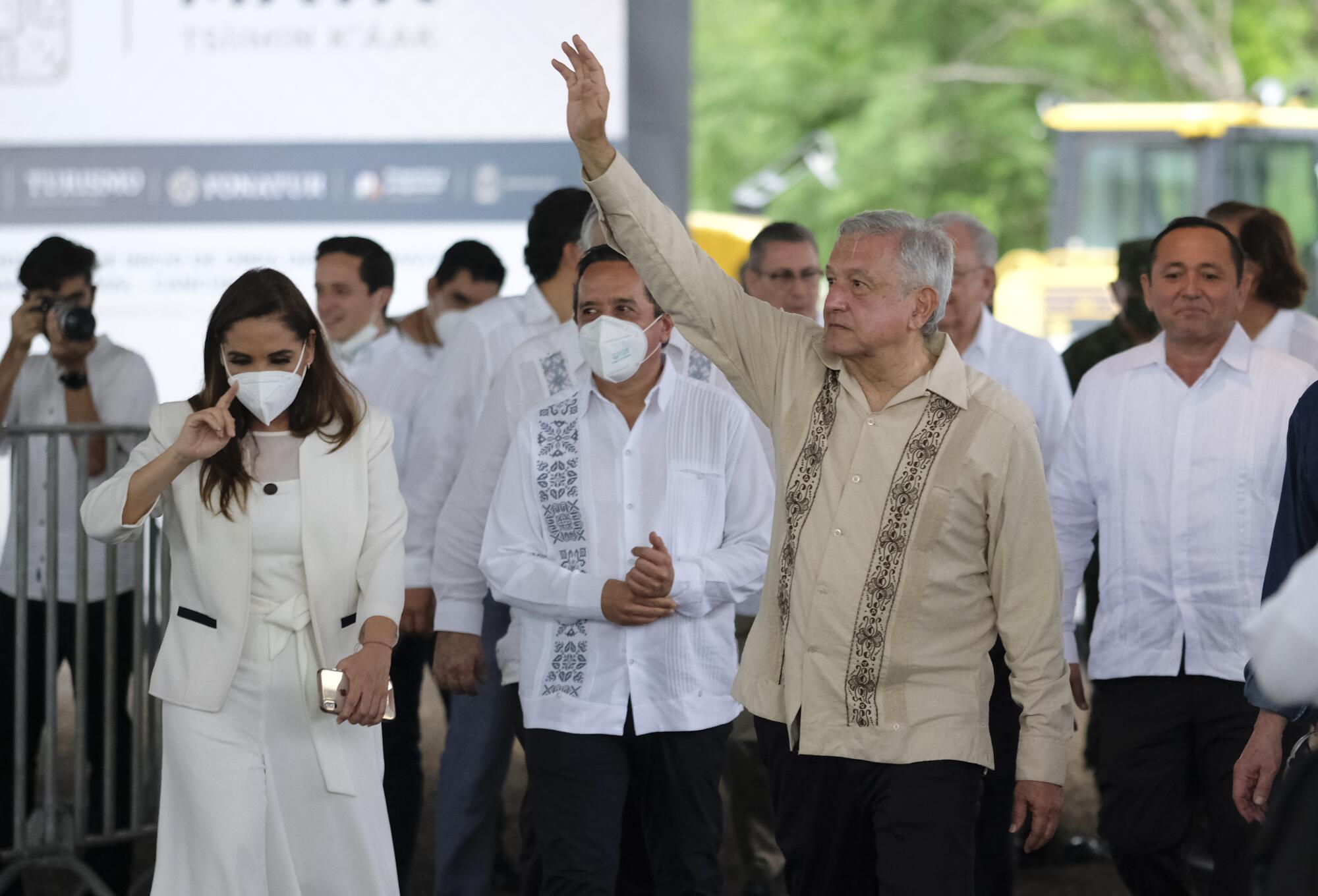
The cause got a big boost with the 2018 election of López Obrador. At his inauguration, he received a traditional cleansing during an Indigenous ceremony and vowed to lift up Indigenous groups who “live with oppression and racism, with poverty and marginalization.”
Two years later, a popular comedian was forced to apologize after he called the president’s dark-skinned youngest son “chocolate flan.”
At this year’s annual Independence Day celebration, in which the president traditionally shouts “Long live Mexico” before a screaming crowd, López Obrador added a new phrase: “Death to racism!”
Another turning point came with the 2018 Oscar-winning film “Roma,” which starred Yalitza Aparicio, a Oaxacan who became a lightning rod for discussions about race.
She was subjected to ridicule by comedians and a top soap opera star, who used a racial slur. But her acclaim — she was nominated for an Oscar for best actress and graced the covers of Vogue Mexico and Vanity Fair — also made her a role model for many.
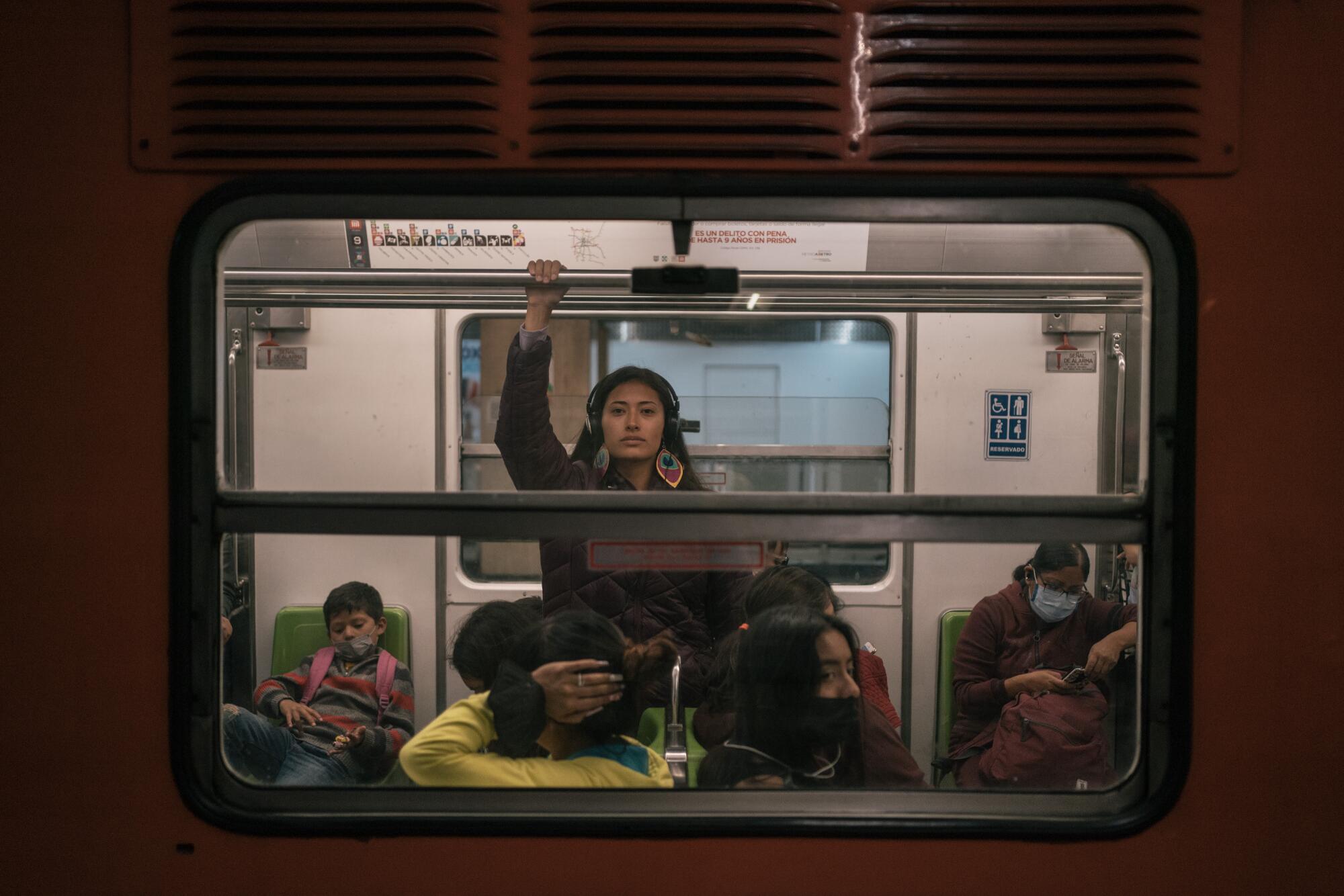
“It was a crucial moment, to have all of this focus on an Indigenous woman,” said Aketzaly Verástegui, an actress with the group Poder Prieto, which pushes for diversity in film. “When I was growing up and watching television, I never saw faces that looked like mine.”
Many of the country’s anti-racism groups formed online during the COVID-19 pandemic, some of them inspired in part by the Black Lives Matter protests that erupted across the United States after the 2020 police killing of George Floyd.
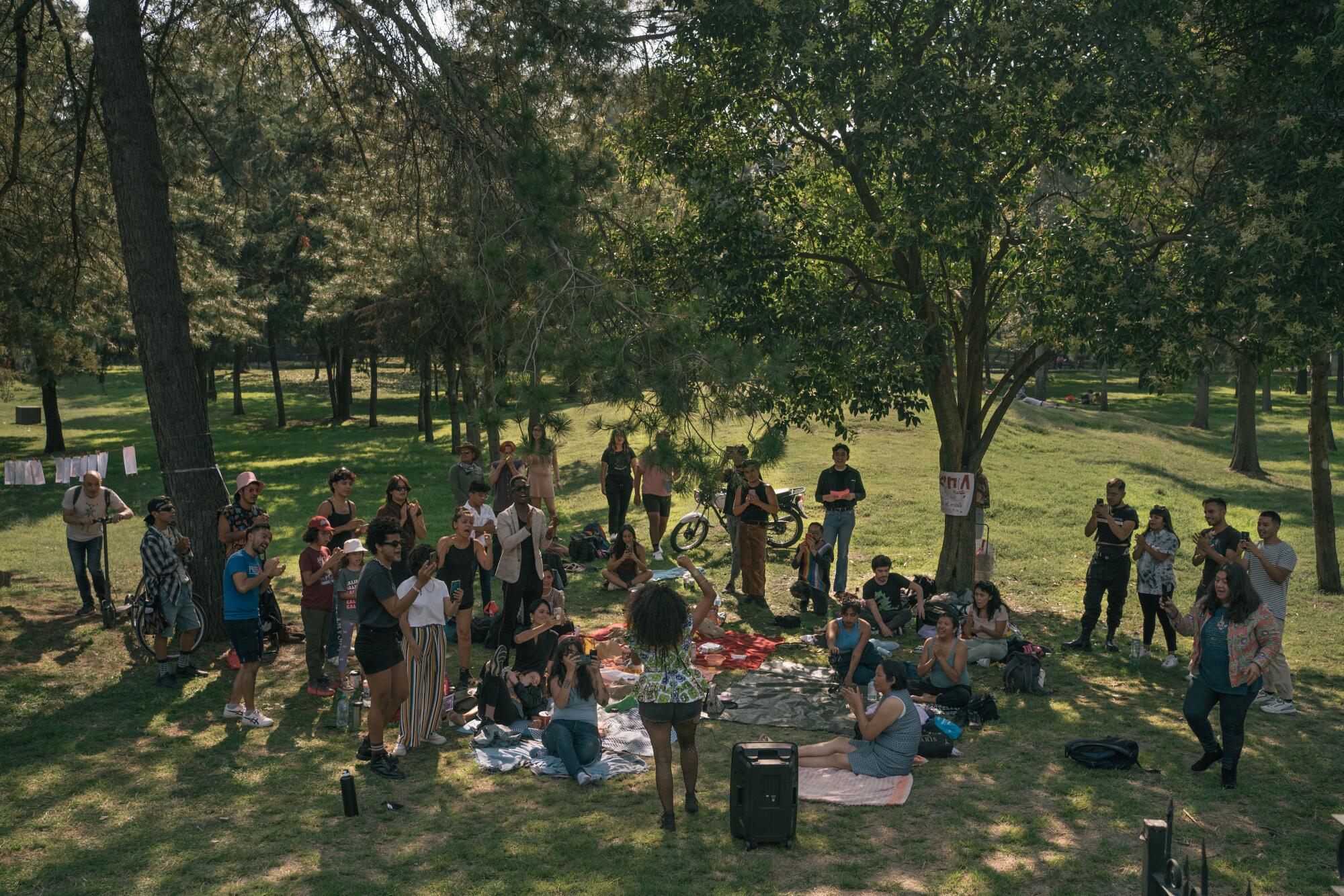
On a recent afternoon, several of the new groups gathered for a picnic in Chapultepec, a sprawling park sandwiched among several of Mexico’s wealthiest neighborhoods. It was the first time many of the activists were meeting in person. The group of about 40 people sat in a circle, introducing themselves one by one.
Several described childhoods in which their mothers sought to change their complexion using skin-lightening products. One young man said that while breaking up with him, an ex-girlfriend had said: “I can’t believe I was with an ugly brown person.”
An actress who has led the movement to integrate the film industry, Maya Zapata, described her frustration at getting light-skinned colleagues to acknowledge that the country is stratified by skin tone.
“Do you see the color of the people working at this hotel?” she implored a group of them recently. “Do you see the color of the guests?”
“No, I don’t see color!” her colleagues had responded.
As they passed around tostadas and shredded chicken, another woman described her painful relationship to race. With her straight brown hair and honey-colored skin, she stood out in her Afro-descended family, who often referred to her as white.
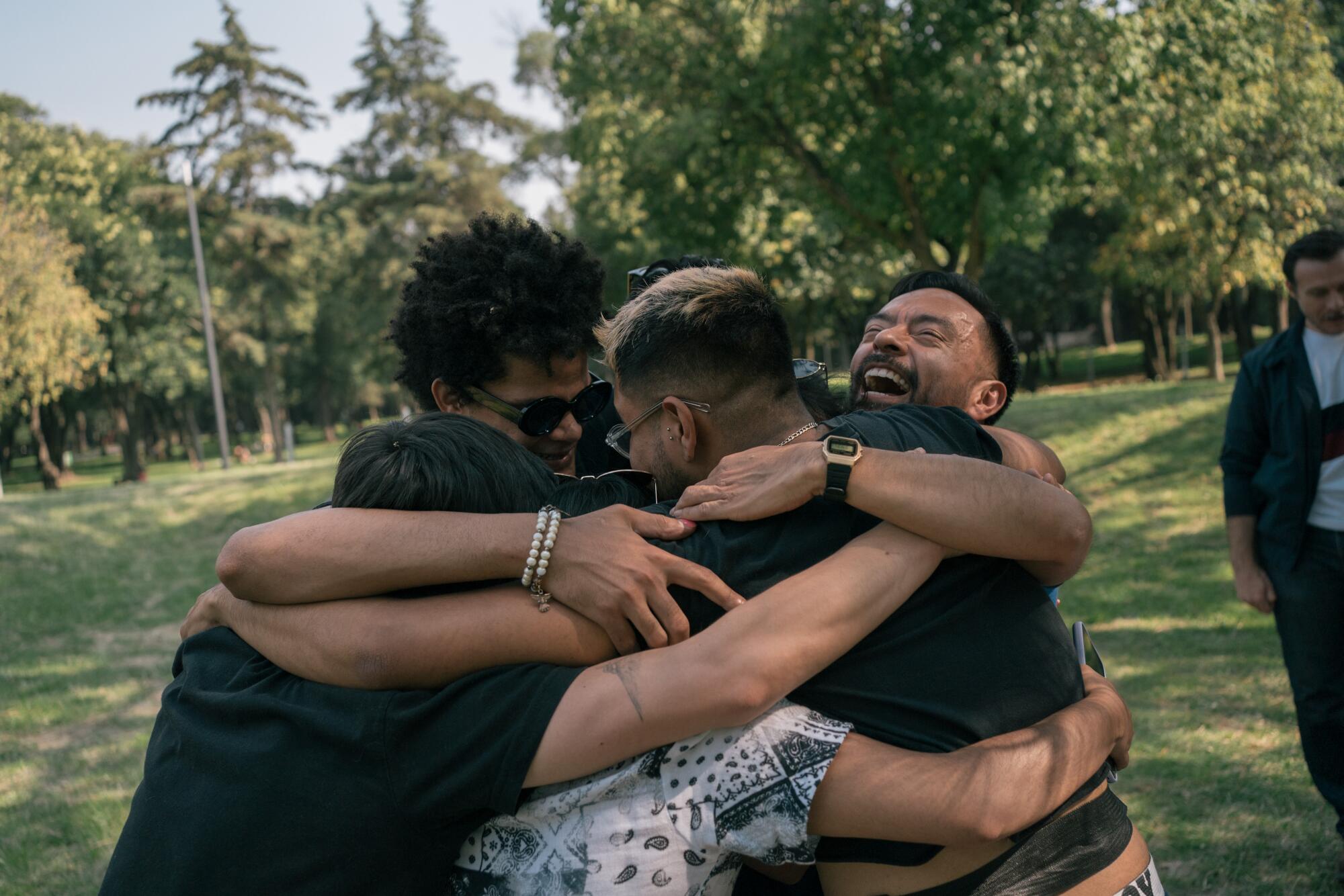
Yet in upscale parts of Mexico City, she is seen as dark-skinned.
“It has left me so confused,” she said.
The woman started crying, and her young daughter ran up to hug her.
“When she was a baby, she was super white,” the woman continued. “I used to worry people might think I robbed her.”
Others approached to give her hugs.
“Thank you,” she said. “You’ve helped me find myself.”
Cecilia Sánchez in The Times’ Mexico City bureau contributed to this report.
More to Read
Sign up for Essential California
The most important California stories and recommendations in your inbox every morning.
You may occasionally receive promotional content from the Los Angeles Times.
